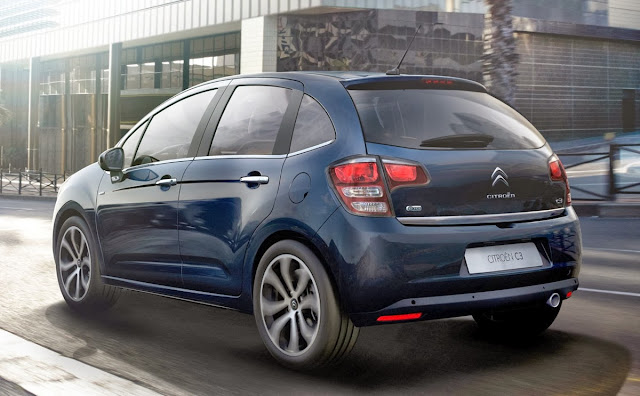At one point during its development, Mercedes-Benz had contemplated offering the new S-class solely with hybrid powertrains. That didn’t happen, but it doesn’t mean that Benz isn’t pushing forward with that technology. At September’s Frankfurt auto show, Mercedes will launch the S500 plug-in hybrid, the third hybrid version of Benz's dearest sedan.
While the “500” moniker might suggest a V-8 under the hood, the S500 plug-in actually is powered by a turbocharged 3.0-liter V-6 and an electric motor. The V-6 produces 329 horsepower and 354 lb-ft of torque, while the electric motor makes 107 horses and 251 lb-ft; the Stuttgart-based automaker did not provide combined power and torque figures. Regardless of total output, the plug-in luxury sedan offers a claimed 0-to-60-mph time of 5.5 seconds and a top speed electronically limited to 155 mph. The car carries a fuel-economy rating in the European cycle of 94 mpg, which is impressive if inflated by the EU procedure.
As is typical of most hybrids, regenerative braking features prominently in the S500 plug-in hybrid, but the energy recovery and discharge strategies can be altered by choosing between four modes: Hybrid, E-Mode, Save, and Charge. In Hybrid mode, the car chooses the most efficient propulsion strategy and uses the gasoline engine only rarely for recharging purposes. E-Mode allows for driving on electric power alone for up to 18 miles. In E-Save mode, battery charge level is kept high for use in urban areas that give congestion-tax breaks to EVs and plug-ins. Finally, Charge mode forcibly charges the battery while driving, which is inefficient, but more convenient than pulling over and plugging in. One of the most common complaints of hybrids is the often numb-feeling and overly sensitive brake pedal. Daimler hopes to alleviate this problem with a second-generation regenerative braking system, which overlaps electric and conventional braking. If desired, the S500 plug-in hybrid can also decouple the electric bits from the combustion engine and “sail” on electrons.


There are several innovative ideas that increase efficiency and make the driver more aware of the system’s operation. When the car is driving on electric power, the accelerator pedal provides haptic feedback before switching on the combustion engine. The car also uses navigation data—including speed limits and upcoming changes in topography and directional changes—to optimize energy usage. In a similar vein, the car won’t hoard energy if it detects an upcoming downhill stretch that will allow for energy recovery.
 The S500 plug-in hybrid joins two other hybrids in the S-class lineup: the S300 BlueTec hybrid, which is powered by a 204-hp, 2.1-liter four-cylinder turbo-diesel and a 27-hp electric motor; and the S400 hybrid, which features the same 27-hp electric motor and a 306-hp, 3.5-liter V-6. The S400 was taken off American dealer lots after the 2013 model year, and the S300 BlueTec was never sold here. The S300 BlueTec won’t come stateside in new-gen S-class guise, and the S400 won’t return, either; however, the plug-in S500 will be sold in the U.S. beginning next year as a 2015 model.
The S500 plug-in hybrid joins two other hybrids in the S-class lineup: the S300 BlueTec hybrid, which is powered by a 204-hp, 2.1-liter four-cylinder turbo-diesel and a 27-hp electric motor; and the S400 hybrid, which features the same 27-hp electric motor and a 306-hp, 3.5-liter V-6. The S400 was taken off American dealer lots after the 2013 model year, and the S300 BlueTec was never sold here. The S300 BlueTec won’t come stateside in new-gen S-class guise, and the S400 won’t return, either; however, the plug-in S500 will be sold in the U.S. beginning next year as a 2015 model.
Refrence :http://www.caranddriver.com/news/2015-mercedes-benz-s500-plug-in-hybrid-photos-and-info-news































